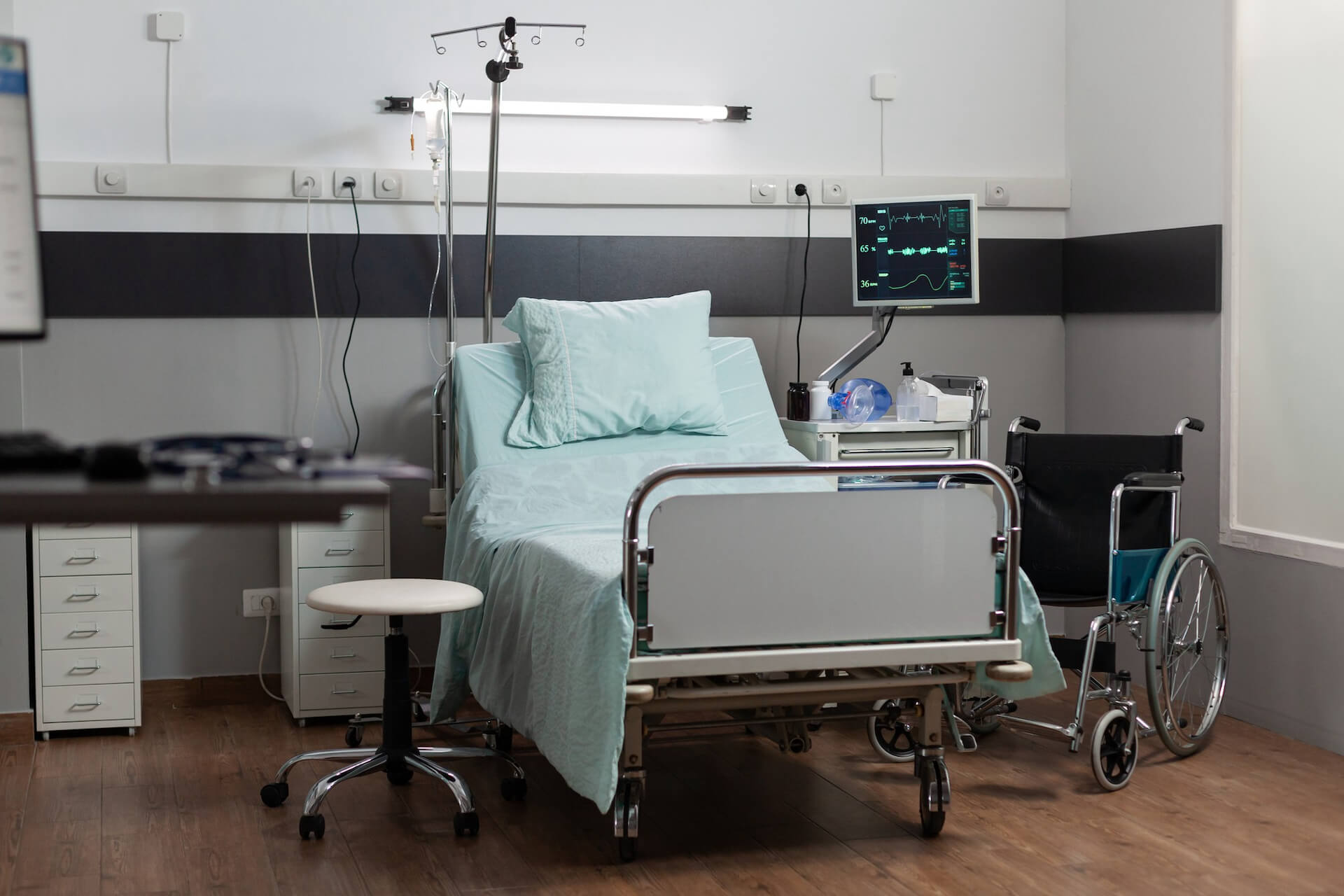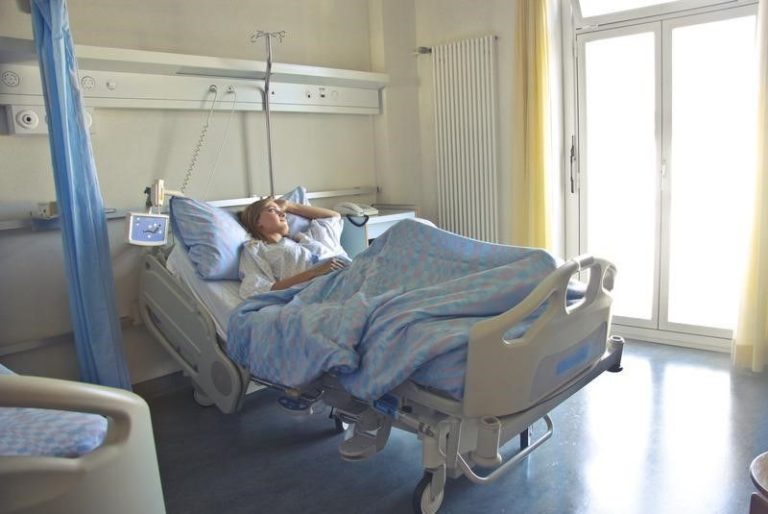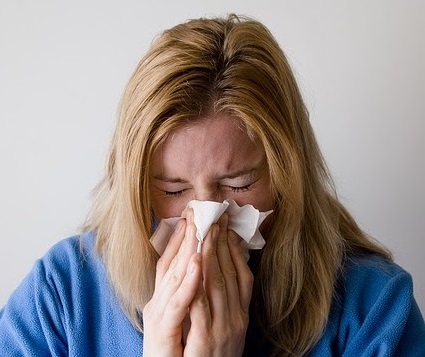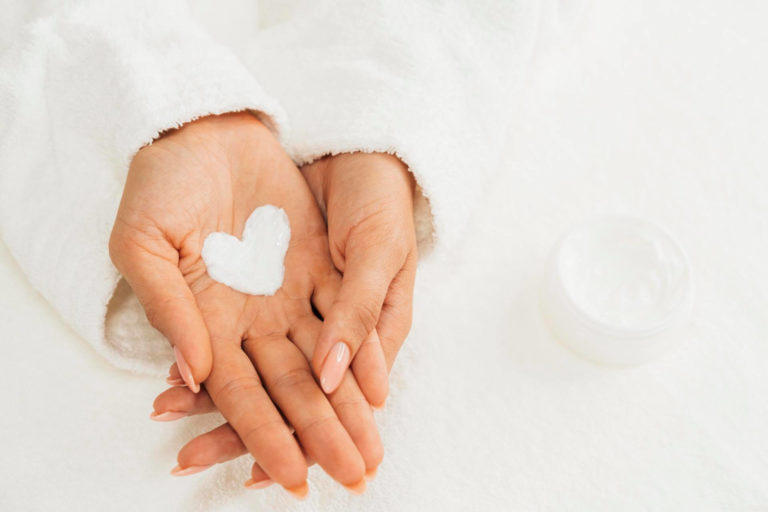How to Alleviate Back Pain from Hospital Bed
Back pain, as-well-as pressure injuries, are the leading causes of reduced quality of life and well-being for bedbound patients. Being confined to bed for a long period comes hand in hand with back pain for the majority of patients. Fortunately, you can take measures to relieve back pain from a hospital bed.
Causes of bedridden back pain
Being immobile comes with a long list of negative health consequences. The musculoskeletal system, which includes bones, ligaments, muscles, soft tissues, and tendons, evolved for regular physical activity. Excruciating and long-lasting back pain is very common among bedridden patients. Causes of bedridden back pain may include:
- muscle atrophy (loss of muscle tissue),
- immobility,
- inappropriate lying and sitting posture,
- pressure on the spine and
- inconvenient hospital bed.
Types of hospital bed back pain
Lower back pain from a hospital bed
Lower back pain is frequently the result of musculoskeletal injuries, such as muscle sprains and tears. Lifting heavy objects with a non-neutral spine position may lead to a serious lumbar strain. Pain in the lumbar region of the back is also common among bedridden patients.
Lower back pain from hospital bed symptoms may include:
- Discomfort worsens after lengthy sitting or standing
- Dull pain contained to the lumbar area
- Muscle spasms in the lower back
- Numbness and tingling
- Pain in the hips and pelvis
Tailbone pain from a hospital bed
Tailbone pain, also called coccydynia, can make sleeping and carrying out everyday activities challenging. The tailbone (coccyx) is the last bone at the base of the spine. Bedridden patients face a significantly increased risk of coccydynia.
Tailbone pain from hospital bed symptoms may include:
Achy pain felt in the bottom of the spine
Dull pain contained to the lumbar area
Insomnia due to the discomfort
Occasional intense pains
Pain worsens after lengthy sitting or standing
How to Alleviate Back Pain from Hospital Bed
1. Back support for bedridden patients
Spending days in a lying or sitting position can increase the risk of developing back pain. Conventional pillows do not adequately support the lower back area. Back pillows, also called lumbar support pillows, maximize the comfort level of bedbound patients. Back support for bedridden patients can prevent and alleviate lumbar pain.
2. Back pain from a hospital bed? Exercise in bed may help!
Back pain from a hospital bed? A health professional may advise you to follow special exercises which can be performed in the bed. A 2015 study, conducted by The University of Melbourne, examined the impact of extended bed rest on the musculoskeletal system.
“Prolonged immobility is harmful with rapid reductions in muscle mass, bone mineral density, and impairment in other body systems evident within the first week of bed rest which is further exacerbated in individuals with a critical illness. (…) Addressing the deleterious effects of immobilization is a major step in treatment and prevention of the public health issue, that is, critical illness survivorship.”
One of the most effective ways to address the adverse effects of immobilization is physiotherapy, which can slow down muscle atrophy.
3. Changing positions
By regularly changing your posture, you can reduce lumbar stress. Redistributing the force which acts on your spine is especially important to prevent coccydynia. Certain health conditions lead to complete immobility. If even moving with the help of an adjustable electric bed is impossible, you should use a pressure-relief mattress.
+1 Prevent pressure injuries
Besides the excruciating back pain, other health conditions are also common among bed-bound patients. Pressure injuries, also called decubitus ulcers, appear when the skin is under continuous pressure. Due to the pressure, the blood supply of the skin is restricted and the dendritic cells stop functioning properly. Being confined to the bed significantly increase the risk of developing decubitus ulcers.
A well-planned skincare routine can make the skin more resilient, which is crucial to prevent pressure injuries for bedridden patients. Applying dermolex skin regenerating gel can lower the risk of developing pressure ulcers. Carefully selected ingredients of the gel refresh and regenerate the skin exposed to long-term pressure. The gel formulation is rapidly absorbed and will not stain the clothes or the bed linen as it does not contain any colorings or fragrances. The product complies with Regulation (EC) No 1223/2009 on cosmetic products. It is a “leave-on” product, not to be rinsed when used as intended. The product was studied and evaluated by the Department of Dermatology and Allergology of the Medical and Pharmaceutical Centre of the Faculty of Medicine, Szeged University. The investigators concluded that Dermolex Gel was a useful complement to the therapy of bedsores (decubitus).







